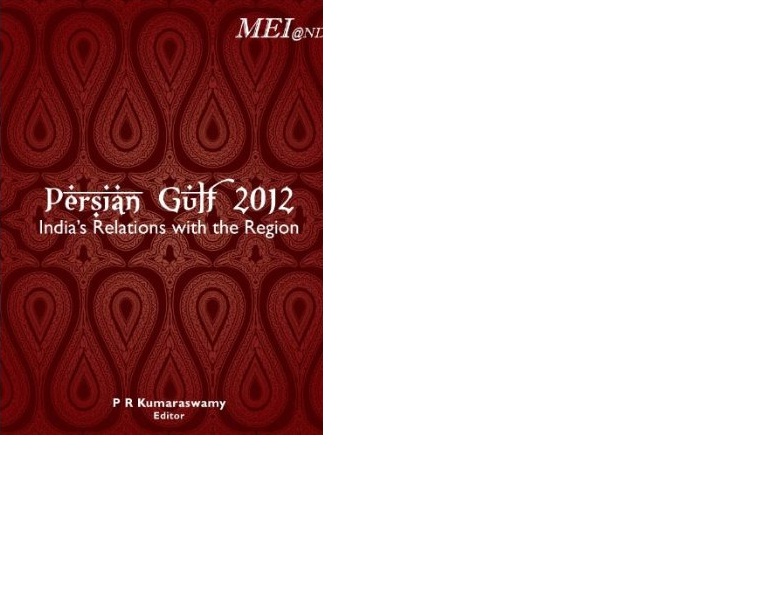Breaking
- MENU

The Middle East, stretching from Iran to Turkey, has loomed large for the Indian foreign policy makers irrespective of its politically turbulent nature and volatile relations between the neighbouring countries. India has always recognised the significance of engaging with all the countries falling under this geographical region for a variety of reasons. The region plays a pivotal role in India’s political, economic, cultural, religious and, above all, strategic interest.
India (as a region) remembers its historical ties with the Middle East, which go back to hundreds of years in time, well before any chapter in history was even written. Even before the advent of Islam, Mecca was a major trading destination for the merchants from across the world, including India.
Beginning with the anti-colonial movements in the region and thereafter, in the post-World War II era, India has been a keen observer of the developments taking place in the region. The relationship with all the countries, including three non-Arab states - Israel, Turkey and Iran - were independently maintained at different levels, hence, arguably not even a single country was left alone.
Even if some of the many aspects of closeness and mutual importance of these two regions are taken into account, it becomes imperative to take a closer look into the situation in order to further improve the links and consolidate a better position for India to deal with the contemporary challenges and opportunities offered by the region.
Jawaharlal Nehru University professor and author of several well-received books, including India’s Israel Policy (2010), P R Kumaraswamy, in this edited book has been able to bring about a thorough analysis of India’s relations with nine countries, including Bahrain, Iran, Iraq, Kuwait, Oman, Saudi Arabia, UAE, Yemen as well as the Gulf Cooperation Council (GCC).
The articles in this book have been contributed by young scholars, who complement their exhaustive empirical research with fresh ideas and analyses. The book also has tables giving details of imports and exports between India and other countries in the region. This collection will help students and researchers involved in comparative studies of bilateral relations.
The book is quite relevant because it talks about the possible changes and challenges that would manifest themselves in the post-Arab Spring time.
It coins several important policy options that India might have to keep in mind while dealing with possibly new negotiating partners across the table. After a careful survey of the current situation, the book also recommends what kind of political engagements, strategic partnerships and new priorities should be made in future by the India. This is a very timely book, which throws a fresh light on the necessities and the precautions attached to India’s relations with all the countries in the Middle East.
Note: This review was originally published in The Statesman (Kolkata) on 13 December 2012. Web Link
Moinuddin Ahmed is the New Delhi-based Senior Sub-Editor at The Statesman. Email:
As part of its editorial policy, the MEI@ND standardizes spelling and date formats to make the text uniformly accessible and stylistically consistent. The views expressed here are those of the author and do not necessarily reflect the views/positions of the MEI@ND. Editor, MEI@ND: P R Kumaraswamy
Bridging the Barrier: Israeli Unilateral Disengagement by Tami Amanda Jacoby, (Aldershot: Ashgate Publishing Limited, 2007, 157 pages, £55....
Read More »From Fatwa to Jihad: The Rushdie Affair and Its Legacy by Kenan Malik, (London: Atlantic Books, 2009, 266 Pages) VALENTINE&rsquo...
Read More »Non-Resident Indian Entrepreneurs in the United Arab Emirate, by Prakash C Jain, (New Delhi: Manak Publications, 2010, ISBN 978 81 7831 189 0; ...
Read More »The Vital Triangle – China, United States and The Middle East by Jon B. Alterman & John W. Garver (Washington, DC: Center for Interna...
Read More »